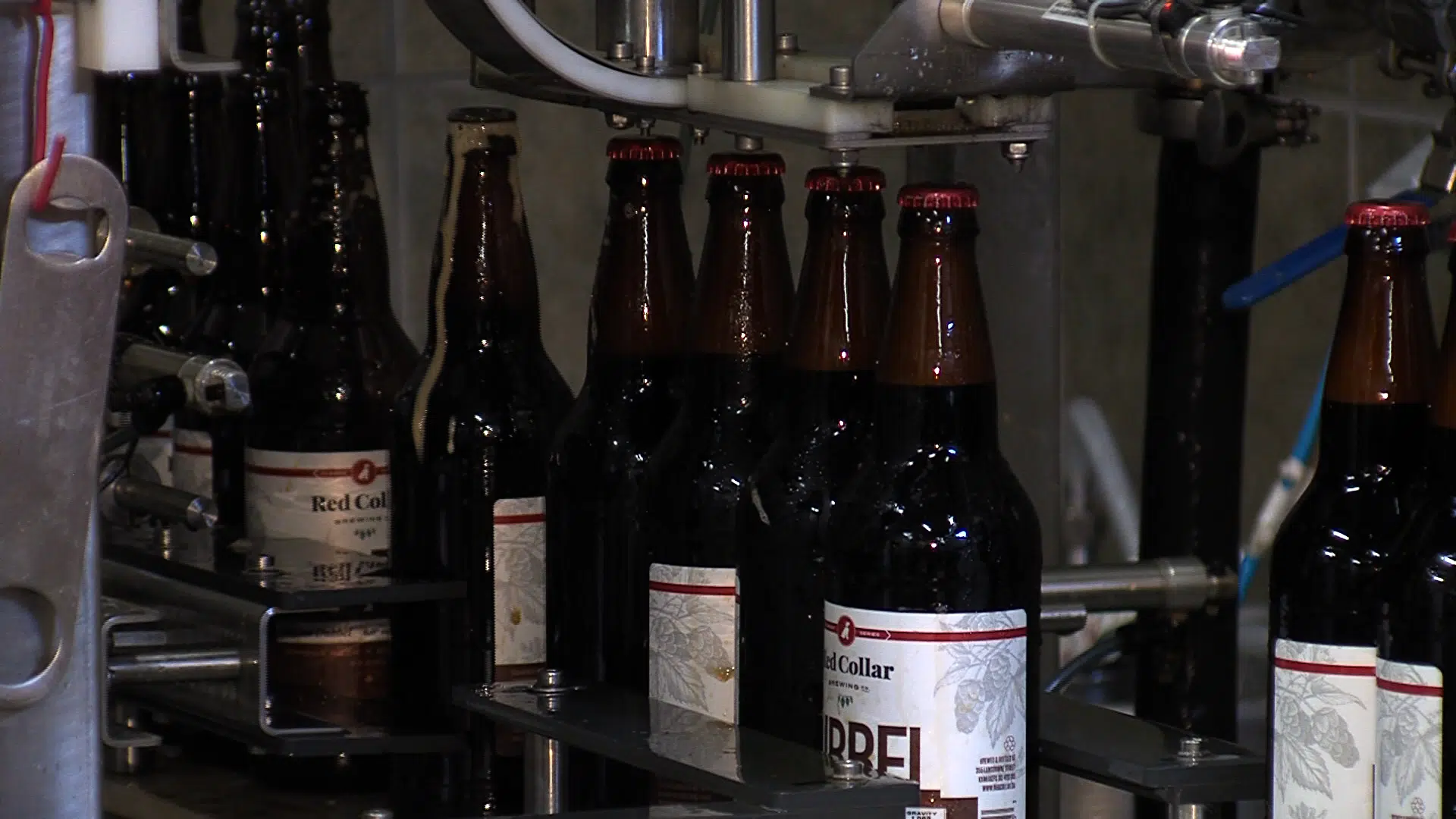
Kamloops craft brewery to save $20,000 a year under new regulations
KAMLOOPS — On brewing day at Red Collar, they’re making cherry sour. It’s a new seasonal brew that has quickly become the brewery’s most popular beer, selling out 60 cases right away.
But the amount of beer brewed and bottled at the downtown Kamloops facility isn’t enough to compete with the big breweries.
It’s why the B.C. government has introduced new regulations to reduce the mark-up paid by smaller craft breweries.
WATCH: Full report by Chad Klassen


